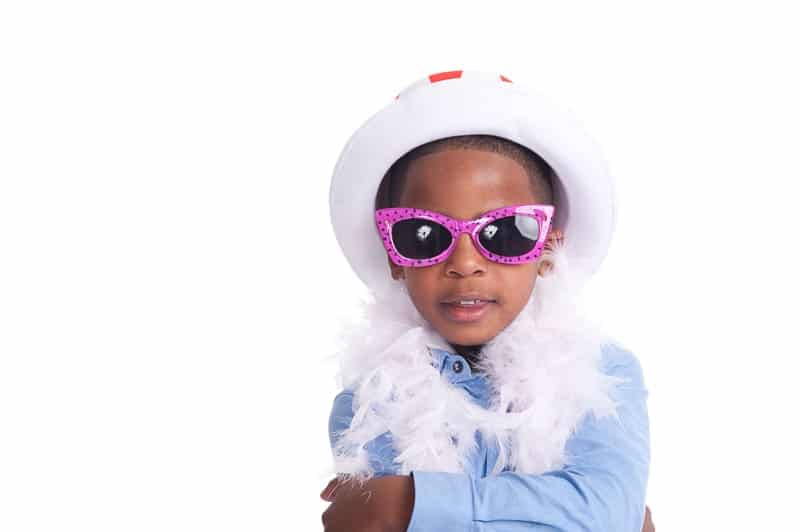Good morning, and thanks for stopping by. This post is from another great site I found on the web. Enjoy.
Hey there! It’s Emily and I am glad you are back for another episode of the Stay Focused Podcast! Today’s episode is pretty exciting one. It’s all about how to set yourself up for success with newborn photography. I know a lot of you know that I am not a newborn photographer or an expert in newborn photography. So I asked my friend and expert newborn photographer Jenni Maroney on the show today to talk with you about how you can set yourself up for success with newborn photography. Jenni has a pretty amazing story with how she got started in photography and let me just tell you I wish that I would have been her friend when I was seven years old! You’re definitely going to want to stick around and hear her story, but more than that she has got some awesome tips for you if you’re just getting started out with newborn photography or if you are ready to start a newborn photography business. She lays it all out for you and today’s episode. I’m so excited to have her on the show today and I don’t want to give away too much yet because you’re going to want to hear directly from Jenni !
You’re just not sure quite where to start to get your newborn photos looking great and how to set yourself up for newborn business success in the near future. This episode is EXACTLY what you need to help kick start your newborn photography dreams!

Here she walks you through the steps of what you should be focusing on FIRST as a new newborn photographer and then what you should do to set yourself up to run a successful newborn photography business!
Plus, Jenni offers some excellent free resources to help you with your newborn photography skills!
Where to find more from Jenni Maroney (Make sure to check her out and give her lots of love, she’s got some AWESOME resources for you!):
#photographyhobbyist #photographybestoftheday #photographyforever
How To Set Yourself Up For Success In Newborn Photography | An Interview with Jenni Maroney
Hey there! It’s Emily and I am glad you are back for another episode of the Stay Focused Podcast! Today’s episode is pretty exciting one. It’s all about how to set yourself up for success with newborn photography. I know a lot of you know that I am not a newborn photographer or an expert in newborn photography. So I asked my friend and expert newborn photographer Jenni Maroney on the show today to talk with you about how you can set yourself up for success with newborn photography. Jenni has a pretty amazing story with how she got started in photography and let me just tell you I wish that I would have been her friend when I was seven years old! You’re definitely going to want to stick around and hear her story, but more than that she has got some awesome tips for you if you’re just getting started out with newborn photography or if you are ready to start a newborn photography business. She lays it all out for you and today’s episode. I’m so excited to have her on the show today and I don’t want to give away too much yet because you’re going to want to hear directly from Jenni !
Today’s episode is all about How To Set Yourself Up For Success In Newborn Photography
This episode is is right up your alley if you are thinking that newborn photography is the way you want to go! You can see yourself snuggling up to all those cute, cozy newborns and taking photos that will be cherished by the family forever.You’re just not sure quite where to start to get your newborn photos looking great and how to set yourself up for newborn business success in the near future. This episode is EXACTLY what you need to help kick start your newborn photography dreams!
This episode is sponsored by my very own my very own free 1-hour online workshop Learn Portrait Editing
Learn Portrait Editing is totally free & under an hour! You can register at any time right here!
This workshop was created for you
- if you struggle with the editing piece of your portraits
- if you want to learn how to set yourself up for success from the beginning with your portrait editing
- if you wish you could create beautiful skin tones and glowing skin in ACR, LR or Photoshop
You’re definitely going to want to check out Learn Portrait Editing! You can register for free at any time!
Recap:
This episode features expert newborn photographer and newborn photography educator, Jenni Maroney.Here she walks you through the steps of what you should be focusing on FIRST as a new newborn photographer and then what you should do to set yourself up to run a successful newborn photography business!
Plus, Jenni offers some excellent free resources to help you with your newborn photography skills!
Links mentioned in this episode:
Get Jenni’s FREE Newborn Photography Guide For BeginnersWhere to find more from Jenni Maroney (Make sure to check her out and give her lots of love, she’s got some AWESOME resources for you!):






